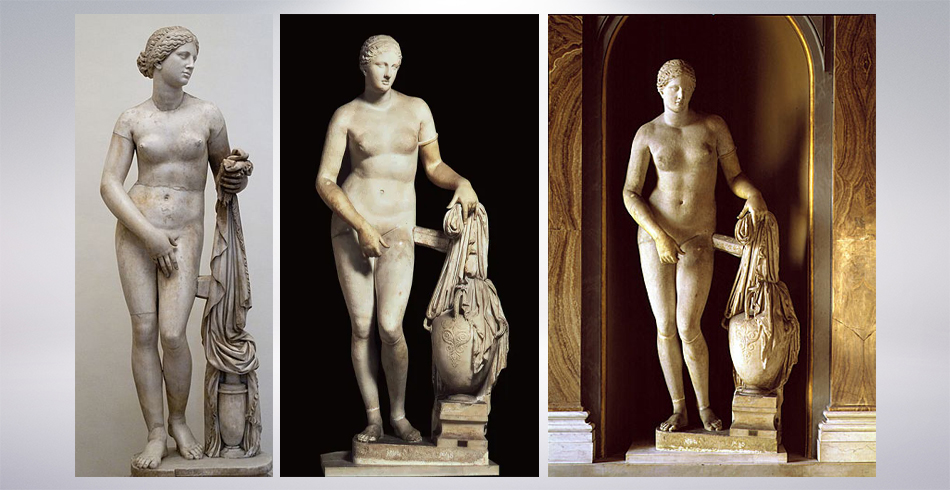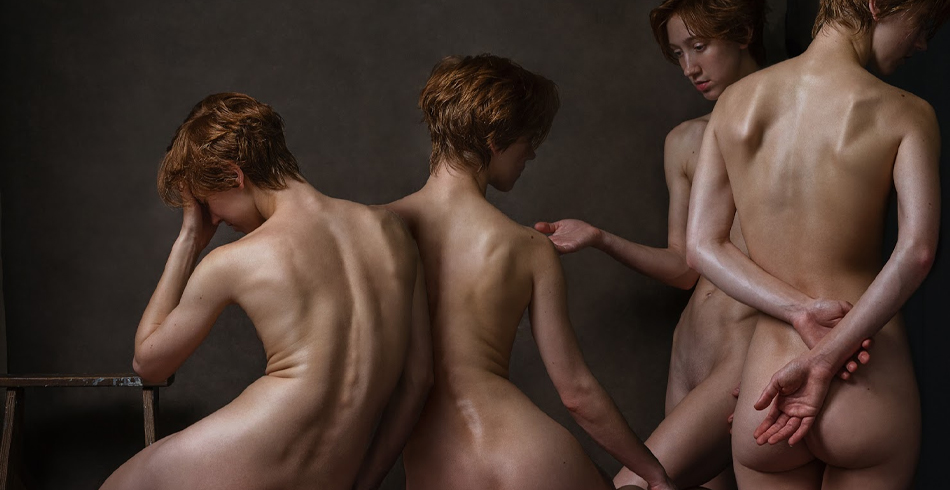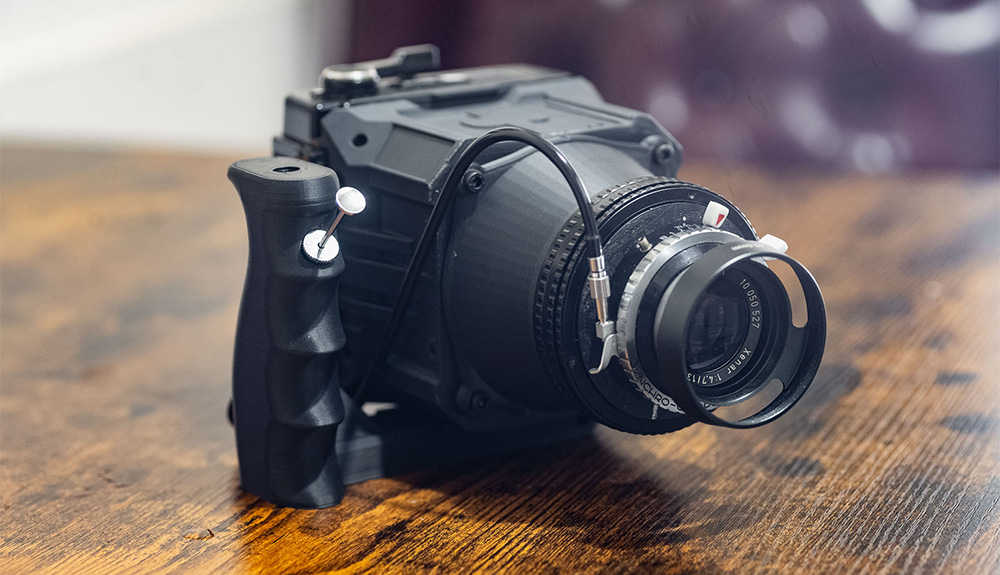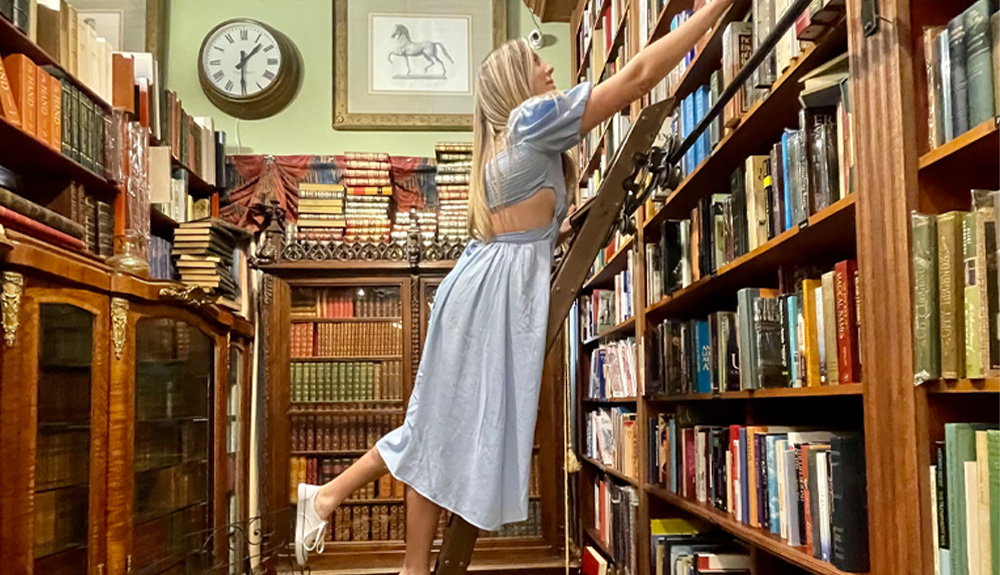Exploring the Intersection of Nudity and Art in Photography
Insights | March 6th, 2024
Have you ever shared a photograph you were really proud of and yet it didn’t even move the needle in the vapid wold of likes? But then, you experience a completely different reaction when you share a photograph with a mere shred of nudity. This happens to just about every photographer. But, in this matter of nudity and art lies many conflicts. One of which is a fundamental question: when does nudity transcend its inherent physicality to become a vehicle for artistic expression? In short: when is it art, and when is it not?
Praxiteles you bastard!
Aphrodite of Knidos – First full female nude by the ancient Greek Praxiteles
First and foremost, it is essential to recognize that nudity, in and of itself, does not automatically equate to art. Let’s take a trip to fourth century BCE Greece, where a sculptor named Praxiteles created a statue whose artistic and cultural impact has been felt across Western Art for the subsequent two-and-a-half-thousand years: The Aphrodite of Knidos. You see, Greek sculpture expressed the human body and character as having strength, nobility, beauty. Greek portrayals of the human body celebrated balance and perfection of the human anatomy (Macaulay, 2015).
While the human form has been a perennial subject of artistic exploration throughout history, the mere depiction of nudity does not inherently confer artistic merit. Instead, it is the intention behind the portrayal, the conceptual framework guiding the artist’s vision, that elevates nudity to the realm of art. (I can already hear the chants “but art is subjective”…)
Venus of Miami by Peter Hosfeld
Art, at its core, is a form of communication—a means through which artists convey ideas, emotions, and narratives to their audience. In the context of photography, the artistic value of nudity lies in its ability to serve as a powerful tool for storytelling, self-expression, and social commentary. When nudity is employed thoughtfully, with a clear artistic intention, it can evoke profound emotional responses and provoke meaningful discourse on themes such as vulnerability, identity, and the human condition.
However
the line between art and exploitation can often be blurred, particularly when it comes to depictions of nudity in photography. While some photographers approach the subject with sensitivity and respect, others may exploit the human form for purely voyeuristic or commercial purposes. In such instances, nudity ceases to serve as a conduit for artistic expression, instead becoming objectified and devoid of “meaningful” context. Examples of this would be nude art photography exhibitions vs. pornographic content websites, fine art nude portraits vs. objectifying glamour photography, or documentary photography of nudity vs. paparazzi shots.
Moreover, the cultural and societal context in which nudity is presented plays a crucial role in determining its artistic merit. What may be considered art in one cultural milieu may be deemed obscene or offensive in another. Thus, the reception of nude photography is inherently subjective, shaped by individual beliefs, values, and cultural norms.
Enter the rebels
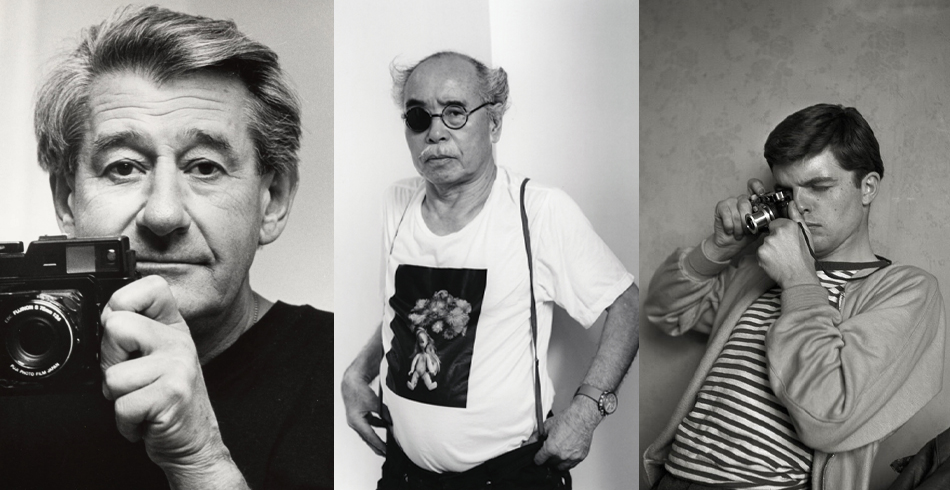
it is imperative to acknowledge instances where nudity has been utilized outside the realm of traditional artistic intent, such as the boundary-pushing works of photographers like Helmut Newton, Nobuyoshi Araki, Guy Bourdin, and Robert Mapplethorpe. Newton’s work, characterized by its bold and often controversial portrayals of the female form, challenges traditional notions of femininity and power dynamics. While some may view his images as objectifying, others argue that they serve as a commentary on societal norms and the complexities of gender identity.
Similarly, Nobuyoshi Araki’s photography is notorious for its explicit depictions of nudity and sexuality, often blurring the lines between art and pornography. Araki’s candid and unapologetic exploration of eroticism has garnered both praise and condemnation, with critics questioning the ethical implications of his work. Despite the controversy surrounding his images, Araki’s unflinching portrayal of human desire and vulnerability has earned him recognition as a provocateur and a visionary in the world of photography.
Guy Bourdin, known for his surreal and often unsettling fashion photography, frequently incorporated nudity into his compositions as a means of challenging conventional beauty standards and societal norms. Bourdin’s images, characterized by their dreamlike aesthetic and subversive undertones, blur the lines between art and commercialism, inviting viewers to question the inherent contradictions of consumer culture.
Robert Mapplethorpe’s photography, on the other hand, is celebrated for its formal precision and uncompromising exploration of taboo subjects, including nudity, sexuality, and BDSM culture. Mapplethorpe’s black-and-white portraits of nude figures are as elegant as they are confrontational, challenging viewers to confront their preconceptions about the human body and the limits of artistic expression.
Where do you stand?
Corpus Operis (Body of Work) by Marc-Anthony Cherubin
Ultimately, the distinction between art and non-art lies not in the presence of nudity itself, but in the intent and execution behind its depiction. When nudity is approached with a genuine desire to engage with viewers on a deeper level, it has the potential to transcend its physicality and resonate as a powerful form of artistic expression.
Hey, thanks for looking.
In conclusion, the relationship between nudity and art in photography is a multifaceted and nuanced subject that defies easy categorization. As photographers, it is our responsibility to be clear in our approach, especially with a commitment to fostering meaningful dialogue through our work.

